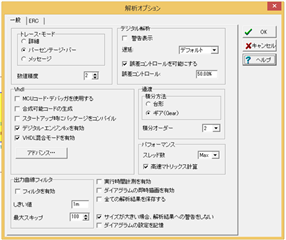Other Parts Discussed in Thread: TINA-TI,
I designed the Split rail power supply with reference to the application report below.
SLVA369A (Create a Split-Rail Power Supply with a Wide Input Voltage Buck Regulator (Rev. A))
I simulated the designed circuit with Tina-TI, but it does not work as designed.
The switching frequency does not match the design.
RT was decided with reference to Equation 38 of SLVA369A.
RT (kΩ) = 206033 / 718kHz ^ 1.0888 ≒ 160kΩ
Design specification:
Vin: + 12V
Vopos: + 6V
Voneg: -6V
Iopos: 0.5A
Ioneg: 0.3A
Fsw: 718kHz
I attach the schematic and waveform.
Please teach me.TPS54160_split_rail.TSC


